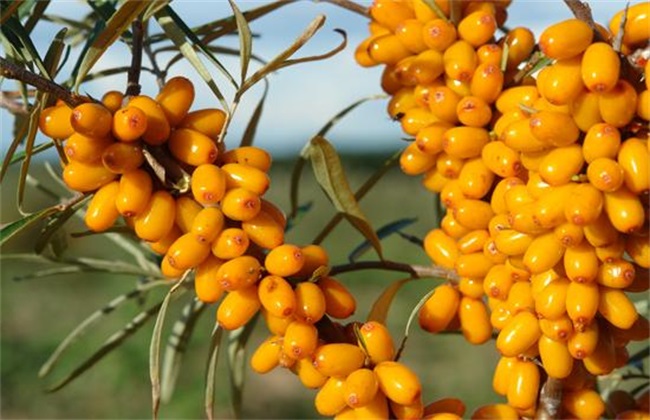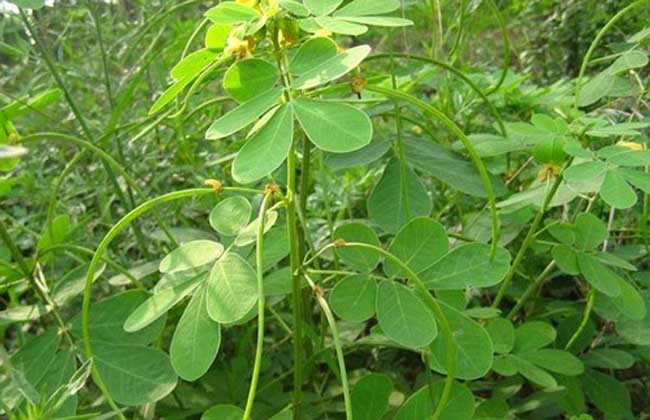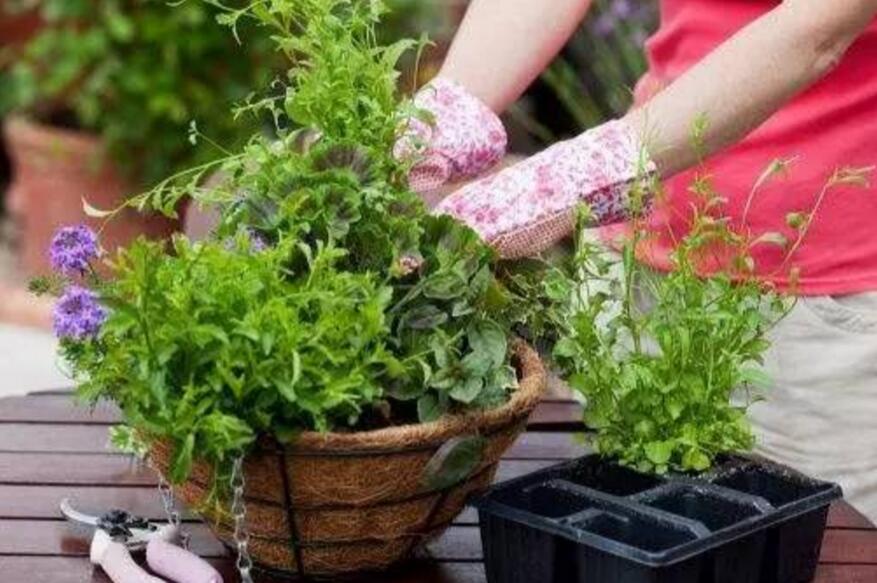Matters needing attention in planting Hippophae rhamnoides
Hippophae rhamnoides is a highly resistant plant, we all know that it can be planted in wasteland and saline-alkali land. Now Hippophae rhamnoides is mainly planted in some protected areas, the main purpose is to protect soil erosion and beautify the environment, but the nutritional value of its fruit is also very high, the market price is also very attractive. So what problems do you need to pay attention to when growing seabuckthorn? Let's take a look at it next.

1. Soil
Hippophae rhamnoides is not strict on the soil, the general planting land can be used to grow seabuckthorn, but when we choose the planting site, we also need to consider the soil permeability, it is best not to choose the land with excessive soil viscosity. In addition, although Hippophae rhamnoides has the characteristics of saline-alkali tolerance, heavy saline-alkali land is not suitable for the survival of seabuckthorn.
2. Moisture
Hippophae rhamnoides has the characteristics of drought tolerance, but it still has certain requirements for water. Under normal circumstances, the rainfall of the planting land must reach at least 400 millimeters, if the rainfall is not enough, the planted seabuckthorn will still be affected. Of course, if there is not enough rainfall, then you need to choose to plant in areas close to the water source, which is OK. Another point is to note that there can be no stagnant water in the planting land, otherwise rotten roots will easily cause other diseases.
3. Lighting
Hippophae rhamnoides has the characteristics of liking light, so the light of the planting land must be sufficient. Under normal circumstances, we should maintain at least six to eight hours of sunshine every day. Of course, sometimes there will be enough light, so it is necessary to maintain the annual light duration of about 1500 to 3,300 hours in order to maintain the normal growth of Hippophae rhamnoides. Here, the editor would like to remind you that Hippophae rhamnoides has strong cold and heat resistance and can grow in an environment ranging from minus 50 degrees to 50 degrees.
4. Fertilization
Hippophae rhamnoides has a strong ability to endure barren, so when planting, we generally deal with the base fertilizer, we mainly according to its growth, appropriate supplementary fertilization can be. However, in the flowering or fruiting stage of Hippophae rhamnoides, we should properly spray foliar fertilizer and spray Zhuangguotiling in time to protect flowers and fruits, improve fruit setting rate, promote fruit growth, and improve the yield and quality of seabuckthorn fruit.
5. Pruning
The planting of Hippophae rhamnoides also needs pruning and plastic surgery. Scientific pruning can also improve the yield and quality of Hippophae rhamnoides. First of all, we want to promote the formation of the crown of Hippophae rhamnoides, mainly to expand the tree shape, so that we can bear more fruit. After Hippophae rhamnoides bears fruit, it is necessary to clean up the diseased branches, insect branches, dead branches and dense branches in time, and cultivate new fruit branches at the same time.
6. Density
The planting density is also a point that we need to pay attention to in the process of planting. In order to make rational use of land resources and ensure the yield and quality of Hippophae rhamnoides, we will carry out density planning according to the soil fertility, topography and growth habits of Hippophae rhamnoides. Generally, 220 Hippophae rhamnoides can be planted on one mu of land, that is, the spacing between rows is about two meters and the distance between plants is 1.5 meters.
Although Hippophae rhamnoides is easy to grow and has a high survival rate, we also have a lot to pay attention to when we plant it. The above problems are the most common in our usual planting process, so we must pay attention to them in the future planting.
- Prev

Matters needing attention in planting Cassia seed
Matters needing attention in planting Cassia seed
- Next

How to trim flower bonsai in winter and spring
Some flower bonsai should be pruned properly before overwintering or spring warmth, so that plants can survive the winter safely, and at the same time, they can better restore growth and promote more flowering after the beginning of spring next year.
Related
- Fuxing push coffee new agricultural production and marketing class: lack of small-scale processing plants
- Jujube rice field leisure farm deep ploughing Yilan for five years to create a space for organic food and play
- Nongyu Farm-A trial of organic papaya for brave women with advanced technology
- Four points for attention in the prevention and control of diseases and insect pests of edible fungi
- How to add nutrient solution to Edible Fungi
- Is there any good way to control edible fungus mites?
- Open Inoculation Technology of Edible Fungi
- Is there any clever way to use fertilizer for edible fungus in winter?
- What agents are used to kill the pathogens of edible fungi in the mushroom shed?
- Rapid drying of Edible Fungi

